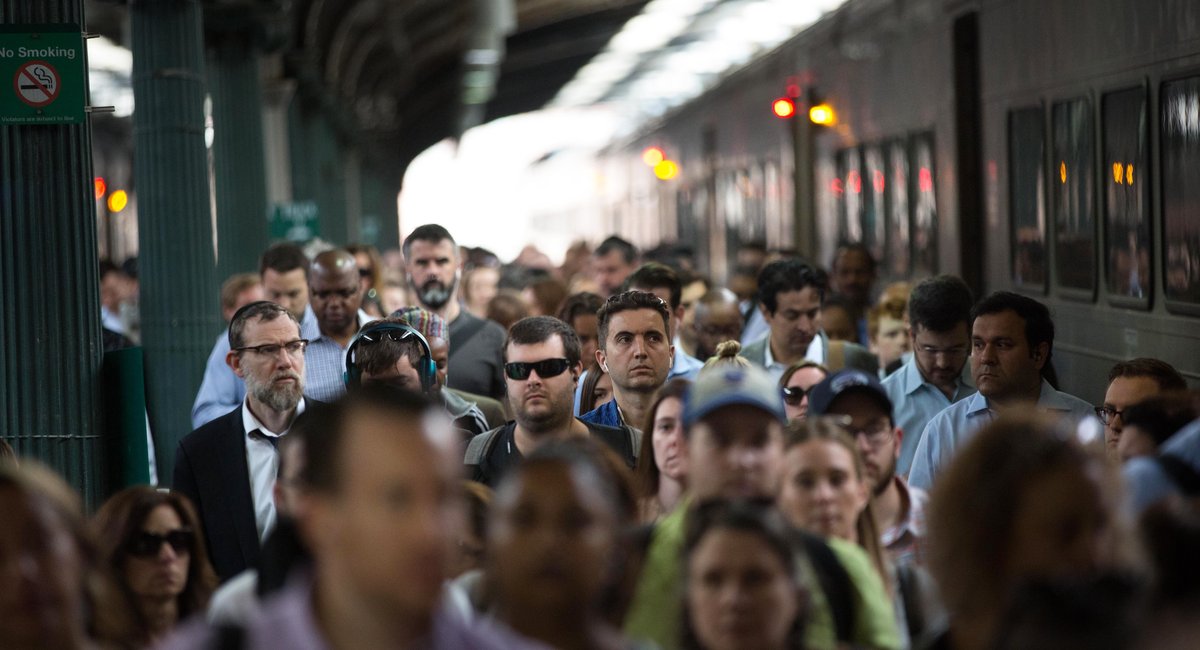When the Super Bowl came to MetLife Stadium a decade ago this month, NJ Transit’s shortcomings were laid bare for the entire NFL world to see.
Thousands of fans waited hours for trains as they tried to leave the big game, which the Seattle Seahawks won 43-8 over the Denver Broncos. At one point, because of crowding, fans were reportedly asked to remain in the stadium until more trains arrived. NJ Transit deployed emergency buses to help get fans home. The last stragglers weren’t picked up until around 1 a.m., three hours after the game ended.
The hassles in getting to and from the Meadowlands took on added relevance on Sunday when Mayor Eric Adams and New Jersey Gov. Phil Murphy announced that MetLife will host eight World Cup matches, including the final, in 2026. The politicians heralded the arrival of the world’s most popular sport to East Rutherford as an economic blessing that will make New York and New Jersey the “center of the soccer world.” But the news followed outrage among Garden State commuters just last month over a 15% fare hike to fill a NJ Transit budget deficit of nearly $1 billion.
Bloomfield resident Jahmilah Walker, 31, didn’t hesitate when asked if NJ Transit was up to the challenge of delivering tens of thousands of fans from around the globe to MetLife.
“Definitely not,” Walker said. “There will probably be way more crowds than they think.”
Walker said she took packed NJ Transit trains to and from two Beyonce concerts at MetLife Stadium. Several commuters at Penn Station said NJ Transit already struggles to provide basic service on a normal day.
“The trains tend to be really slow in and out of Penn Station,” said Amy Lauren, 54, of Montclair. “I’m late for work almost every morning.”
While MetLife Stadium has enough capacity for 82,500 people, its parking lots have room for 28,000 vehicles. That means tens of thousands of soccer fans traveling from around the world will need to catch NJ Transit’s trains and buses to…
Read the full article here

Leave a Reply